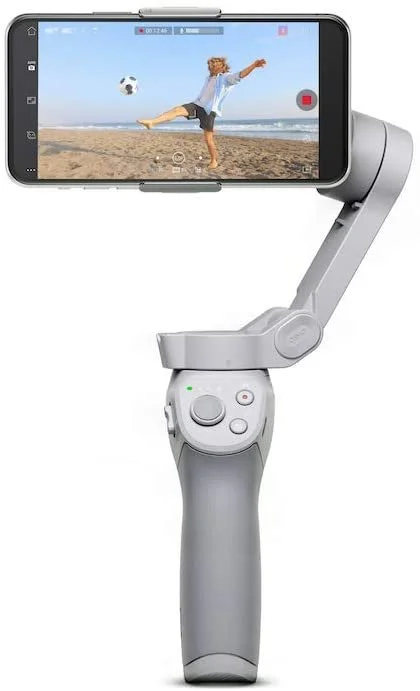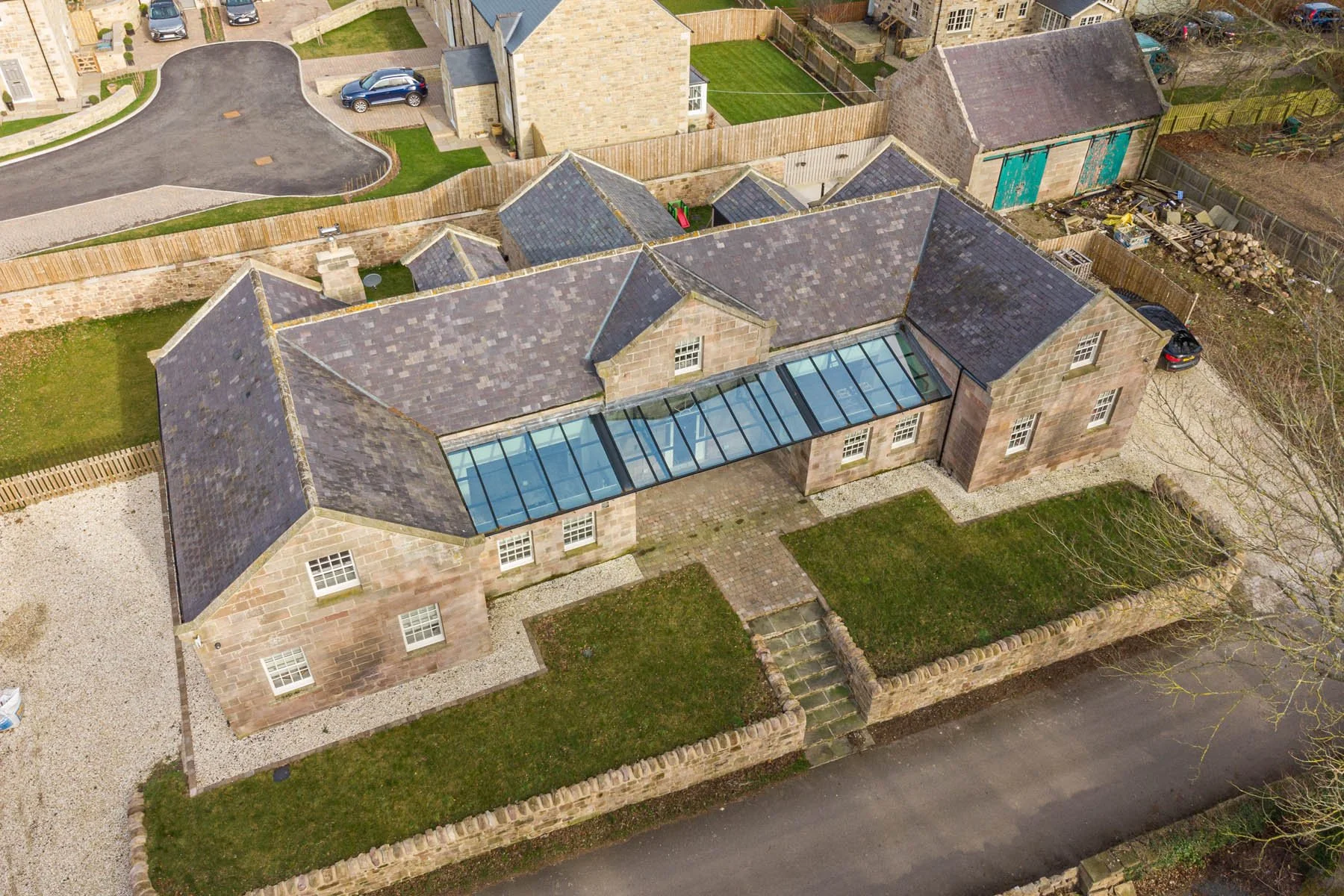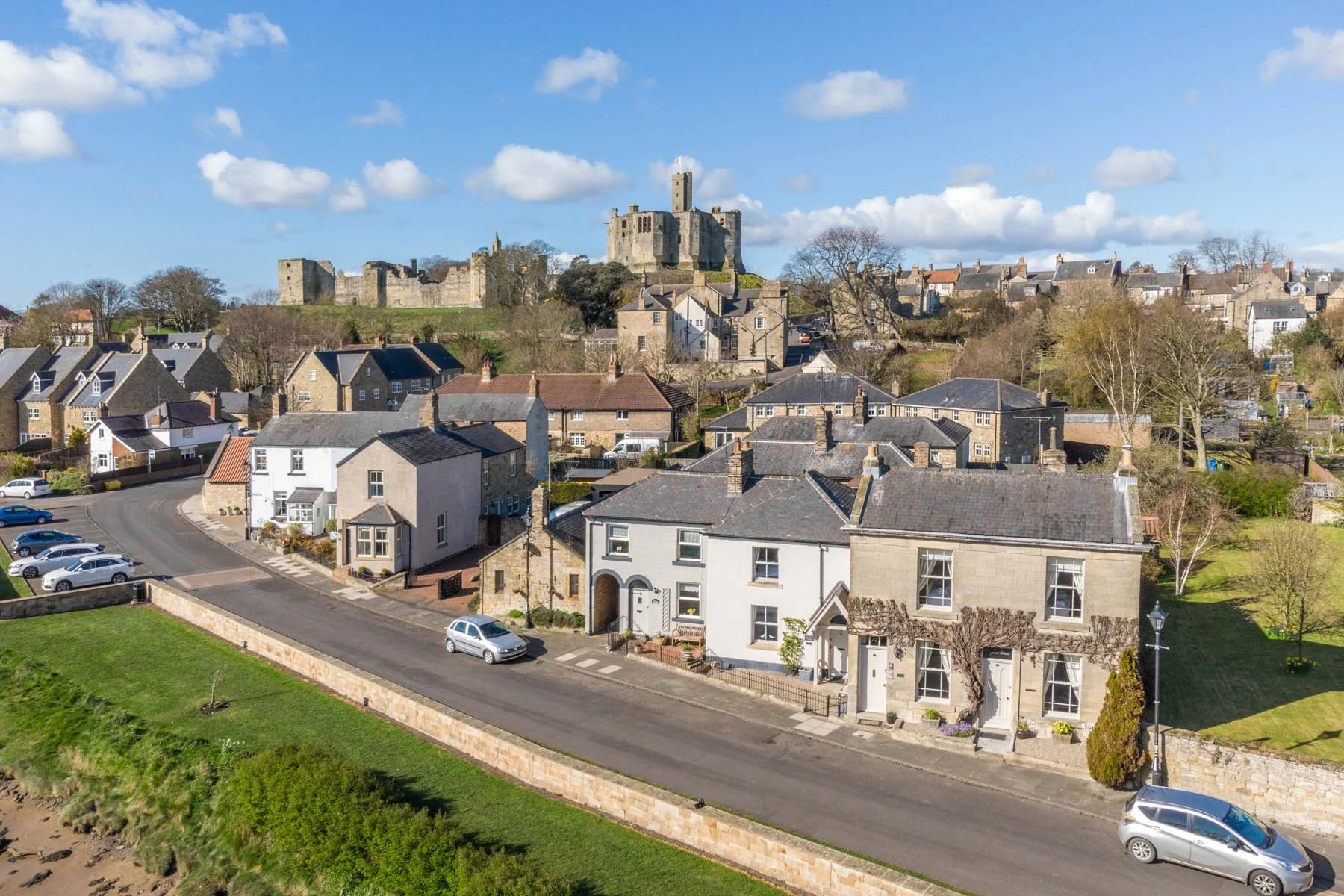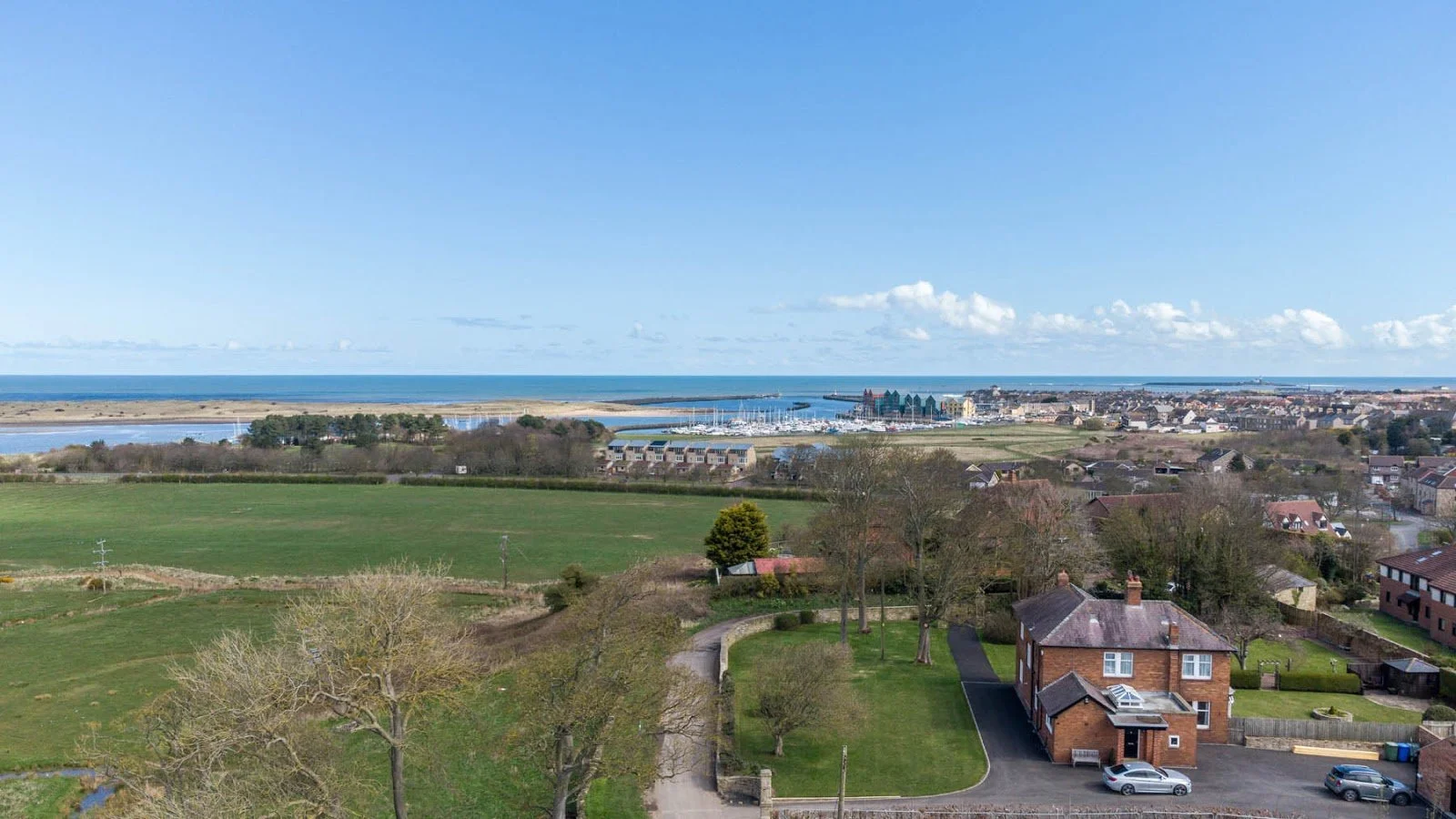Up, up, and away!
Hello again my army of loyal followers! There's been another hiatus in blog posts due to the ridiculous working schedule I've been forced to adopt over the last few months. Nothing prevents people from moving, and the booming residential property business is at the top of it's game at the moment with the help of a dire scarcity of sellers, an abundance of buyers with piles of cash set aside due to an absence of anything to spend it on, and a government determined to use taxpayers cash in a bonanza designed to prolong the propping-up of the riches amassed among the property-owning ("I've worked bloody hard for it') elite. Ironically, I've worked 3 times as hard as any of them, sunk thousands into equipment & training in order that I can help sell their houses, throw away more in rent than most of them have ever paid in mortgage payments, but still find myself in the ridiculous position of being unable to afford even the most basic house in the shittest local areas. Family time has disappeared completely as I struggle to fit in more and more jobs into 7 days while working within the confines of being forced to transport children to school and back because of a total absence of wraparound school activities - which used to offer a degree of flexibility for me. Never mind though - it'll all be over soon eh?
Finding a way to either make more money, save money, or provide additional services to clients without cost to them is always something to bear in mind given that simply putting up prices is rarely an option in a marketplace in which you're at the very bottom of the feeding pile. My security could be dissolved at any time by a struggling wedding photographer who decides to contact my clients and offer their services for a tenner less (even though they'd have no bloody idea what they were doing). It's the reality of real-estate photography, which has a reputation in the industry of being the genre requiring the least amount of talent, and therefore being the least-paid. The work I produce on a daily basis is absolutely and unequivocally equal to much of the commercial, architectural work out there, but because it's related to estate agency marketing, my day rate can be £80 minus expenses as opposed to £3500 excluding expenses for someone with mates in the ad-agencies. Getting into that marketplace is almost impossible without knowing the right people, and during these ridiculous Covid times, it is impossible.
So.....the money put aside for tax had to be raided once again as I was suddenly asked to do stuff which was outside my usual remit - video, and aerial work. Videography isn't just a case of switching on the video function of my capable cameras and cracking on as if I was taking some footage of the kids on holiday - it has to be planned, story-boarded, shot using appropriate equipment, techniques, and lighting, and then edited professionally to produce a slick tour of the property involved. Putting your phone at arms length and simply walking through a house results in a horrible, shaky mess, grainy footage, mixed lighting colours, reflections of oneself in mirrored surfaces, and so on. I've seen some awful "virtual tours" on the web, and it screams "AMATEUR!" every time. My task involved shooting 7 ex-holiday lets up in the village of Beadnell in Northumberland - a full portfolio of interiors, exteriors, and video tours in each. I did a quick reccie beforehand, and discovered a row of converted apartments and houses which hadn't been updated in years - they were utilitarian, money-making dullards with zero character, zero charm, and very little natural light within. The whole building had once been a long barn, so didn't require much window space, resulting in dark, gloomy interiors across the board. I wasn't looking forward to this job given my existing schedule of upcoming work. It needed to be done over a 5 day period of intermittent visits.
A pro-gimbal for my Nikon D800 costs upward of £700, so I needed to find a more cost effective way of shooting video given the paltry sums involved, and the infrequency of this kind of work. I did a fair bit of research, and decided to tackle the job using my superb iPhone 12 Pro Max, and a decent gimbal designed for mobile phones. My old DJI Osmo 2 had given up the ghost, so I had to purchase DJI's latest one - The OM4. It's actually a lovely bit of gear, and I started experimenting with it straight away. My first attempt on site was awful, so I sorted the stills out before anything else, and used a sunny Saturday morning to have a go at re-doing the video work. I'd planned my shoot list beforehand, had a rudimentary knowledge of the gimbal's capabilities with regards to panning, stabilisation, and so forth, so cracked on with it over a couple of hours. Not as easy as it first appears - I had the shots planned, but the gimbal has it's limitations, and some of the footage was a bit jerky to be honest. The editing took a while, and I moved from the extremely complex workflow of Apple's professional editing suite of Final Cut Pro X, to the more intuitive iMovie app, and it's easy methods of putting a simple edit together. Here's the results from one of the smaller apartments. In retrospect, I could have edited it tighter.
The agent and client seem to be happy with things anyway, so job's a good'un.
Aerial work is something I've considered in the past, but I was always put off by the price of the UAVs (drones), and the prerequisite training/licencing requirements when using them in any commercial capacity. There are countless numbers of cowboy operators who chuck the things in the air and rake in the cash, but that's really not my style. I knew that if anything went wrong, the clients would run in the opposite direction, and abandon any association with me immediately. Luckily, on the 1st January, the CAA laws regarding the use of drones changed slightly with the introduction of a new class of aircraft called C0 category. C0 drones must be under 250g in weight, and have a separate registration and training registration associated with them. The user is required to pass an online exam, pay an annual licence fee, and obtain an operator/flyer ID. If used for any commercial purpose, the drone must be covered by appropriate liability insurance, and the aircraft ID must be affixed in case it's involved in any misdemeanour during flight. DJI - the leader in drone tech for the masses have an aircraft weighing 249g without any accessories fitted. It has a pretty basic 12 megapixel camera - fixed at f2.8, but still pretty capable of capturing stills and 4K video using a powerful app on the iPhone when connected to the joystick controller.
getting acquainted with this thing was a nerve-wracking experience indeed, as it seemed to be windy to the point of ridiculousness for over two weeks. The maximum altitude you can fly drones in the UK is 120m, which doesn't seem very high, but is actually out of sight in practical terms. I don't use this above 60/70ft usually, and it's more like just above roof level in most cases. I almost lost the bloody thing on it's first proper outing, as the gale force wind swept it away into the distance - right into the direct sunlight. I could see what was happening via my screen, and eventually implemented the "return to home" feature - only to be told that the wind was hampering the efforts to fly back to my location. After catching sight off it, I managed to manually get it back to a place nearby, and landed it safely - trembling with the stress of it. I've used it successfully on a number of occasions now, and after being told to piss off when I mentioned that there would be a charge for aerial shots, I'm forced to just absorb the cost and do everything for nothing. Another blow to my efforts to increase revenue after 5 years of zero price increases and spiralling incoming costs. Anyhow, here are a few of my initial results:
I get a buzz out of using the thing every time it goes up, so that kilns of compensates for the lack of extra money coming in. Until next time then....




